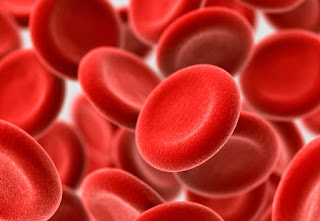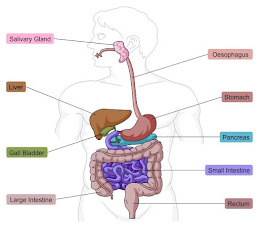The Solar Powered Slug

I've often wondered what it would be like if we could make our food the same way plants do. Could I make glucose for respiration by walking around outside in the sunlight, not that we get much where I live? Of course, I would be green, but perhaps only where my skin is exposed to the sun. Photosynthesis is the chemical reaction plants use to make their food. They take in water from the soil and carbon dioxide from the air and, using sunlight for the energy, they turn this into glucose and oxygen. The name for a reaction that takes in energy is endothermic. Photosynthesis is an exothermic reaction. You may have used a reaction like this if you have ever injured yourself. You can get cool packs which cool down when you mix two chemicals. Chloroplasts in a Cell Plants can collect sunlight for photosynthesis because they have structures in their cells called chloroplasts, (above). Chloroplasts contain a chemical called chlorophyll, which absorbs light energy so that the photosynthesis ...





